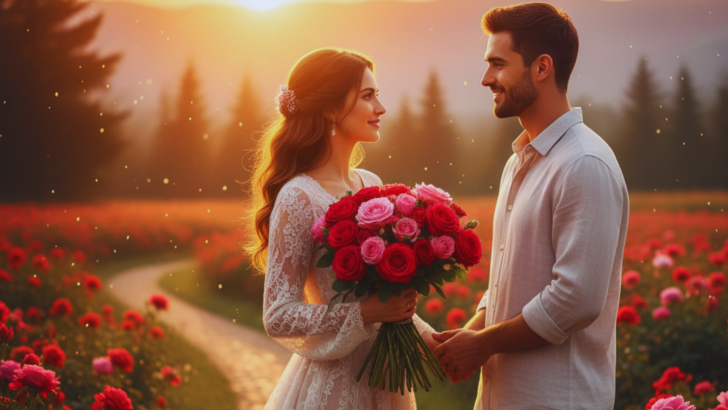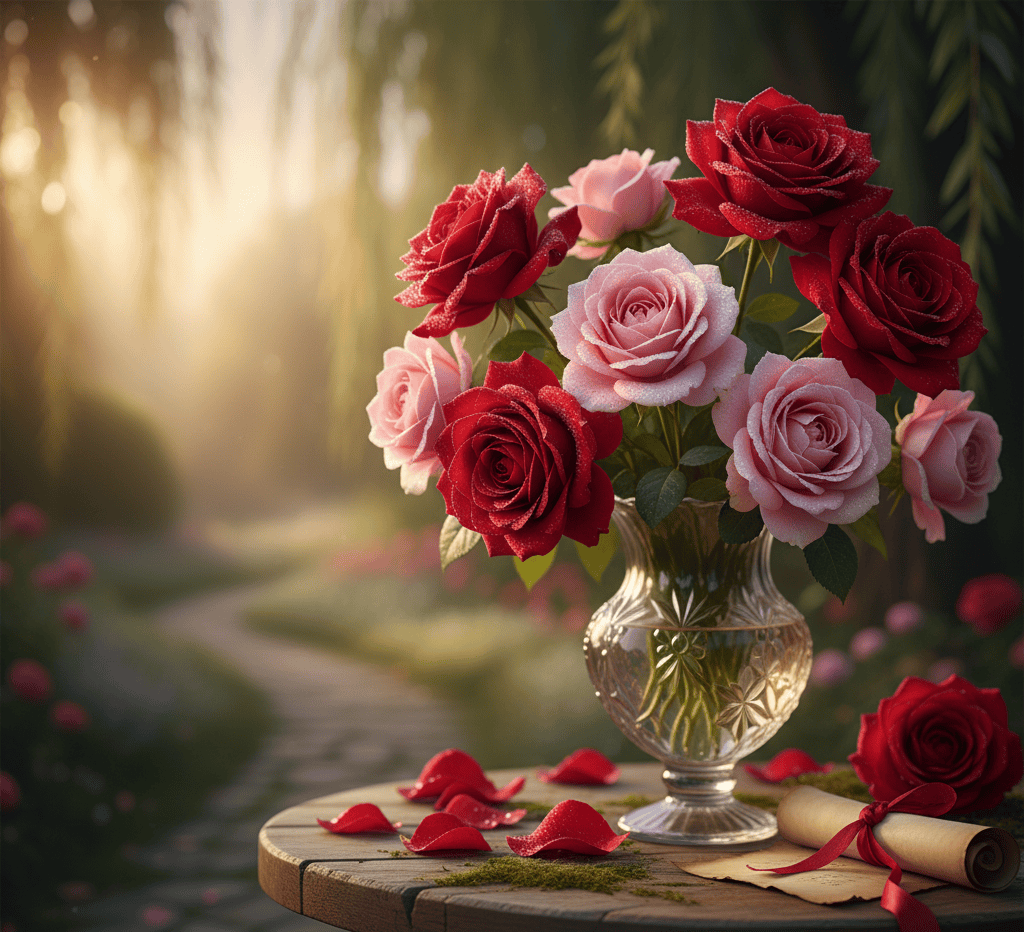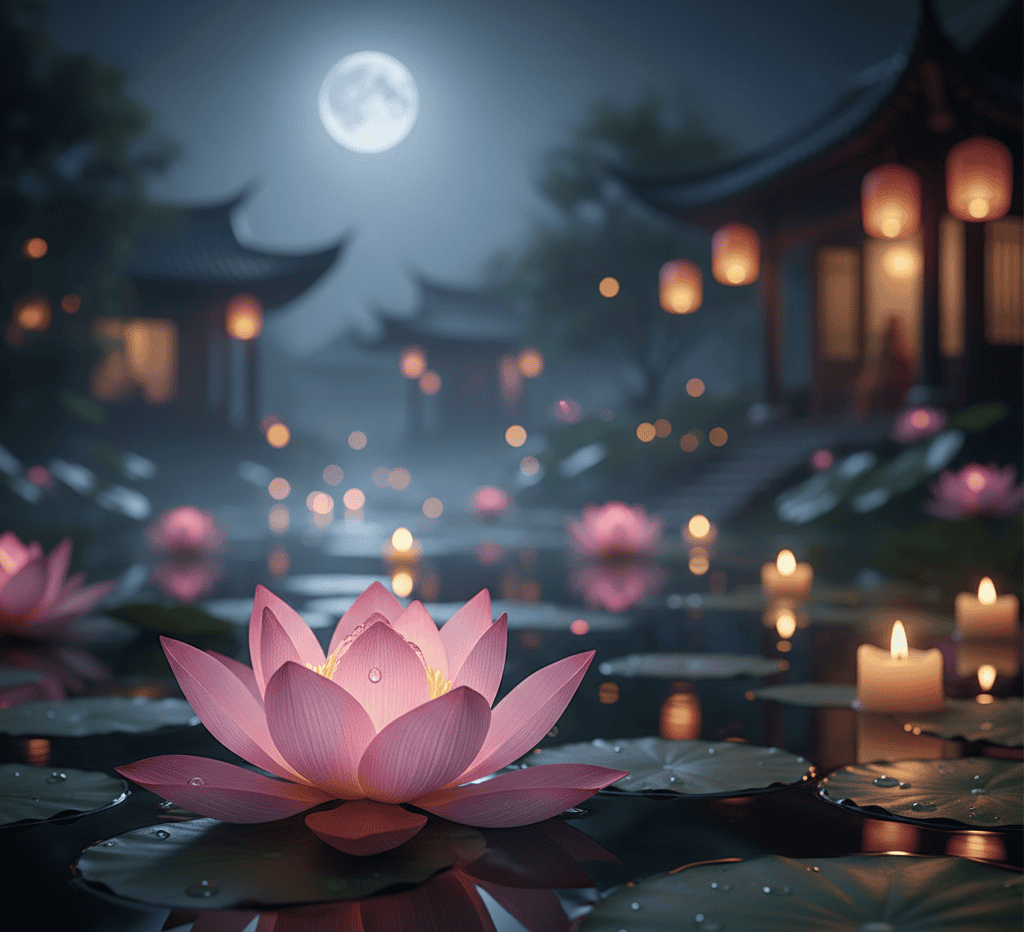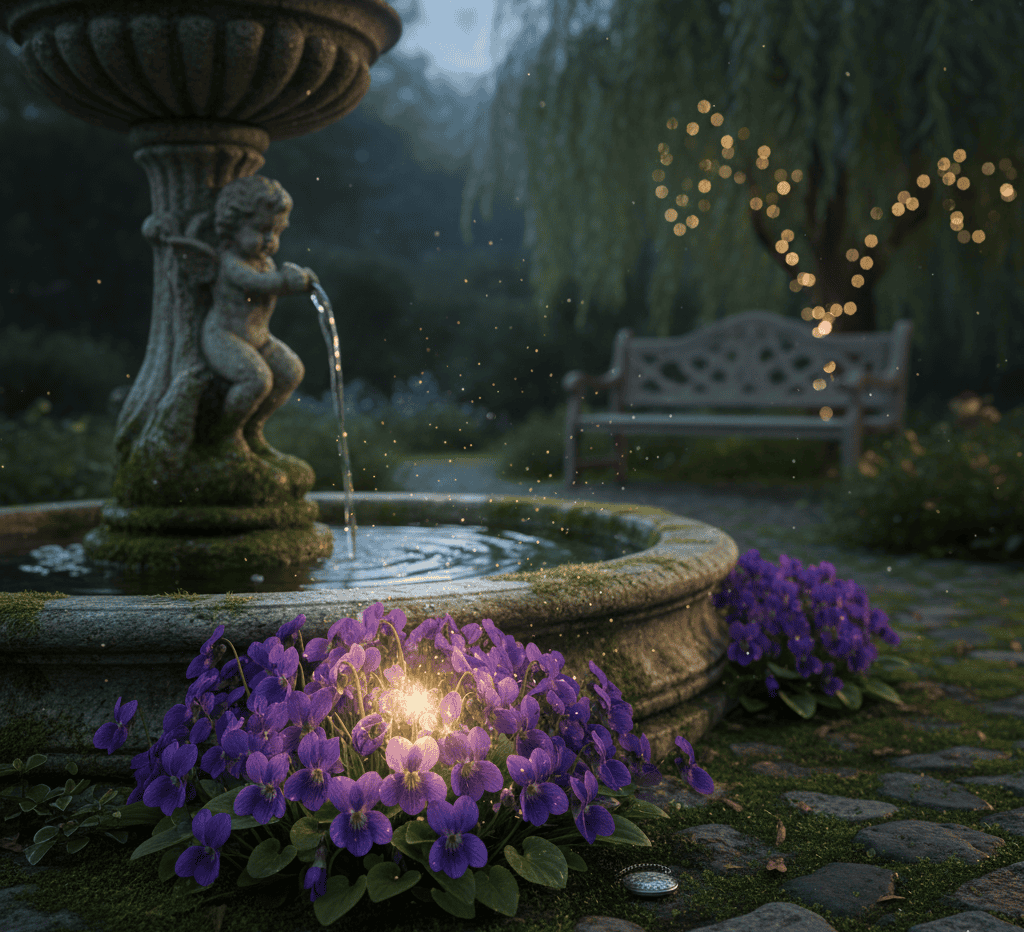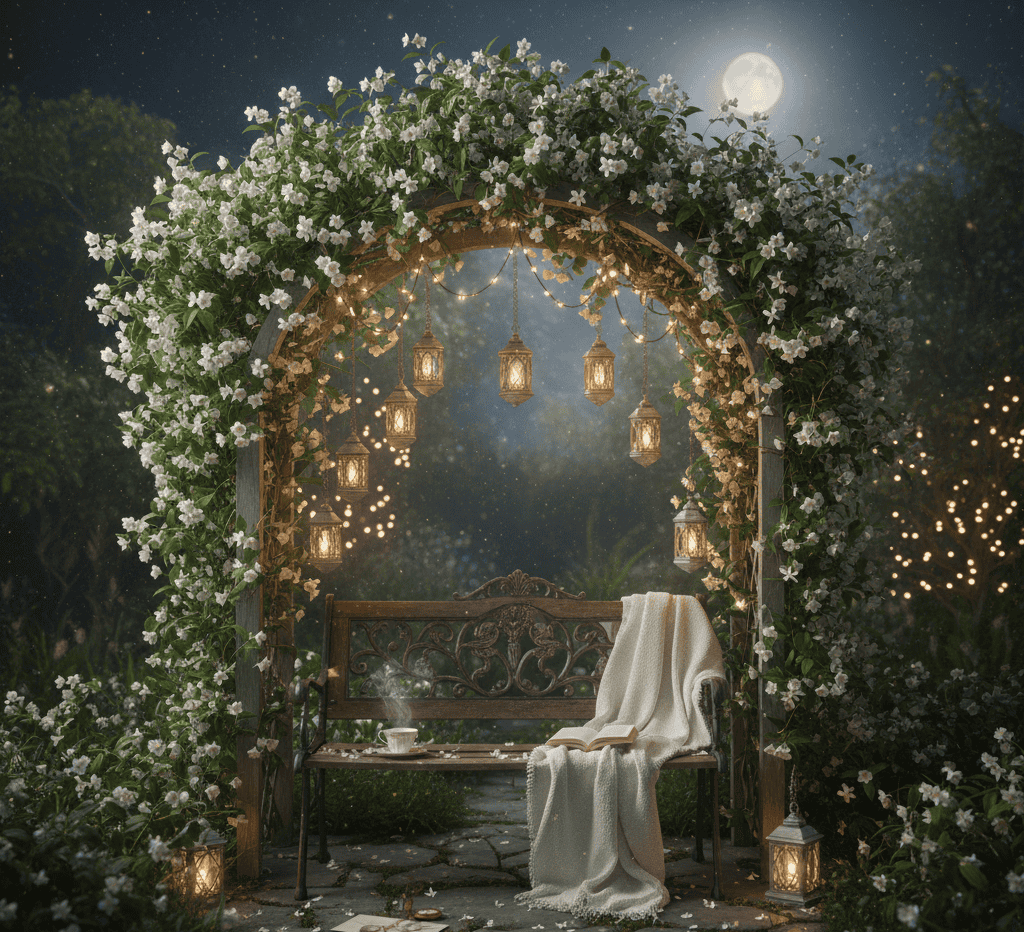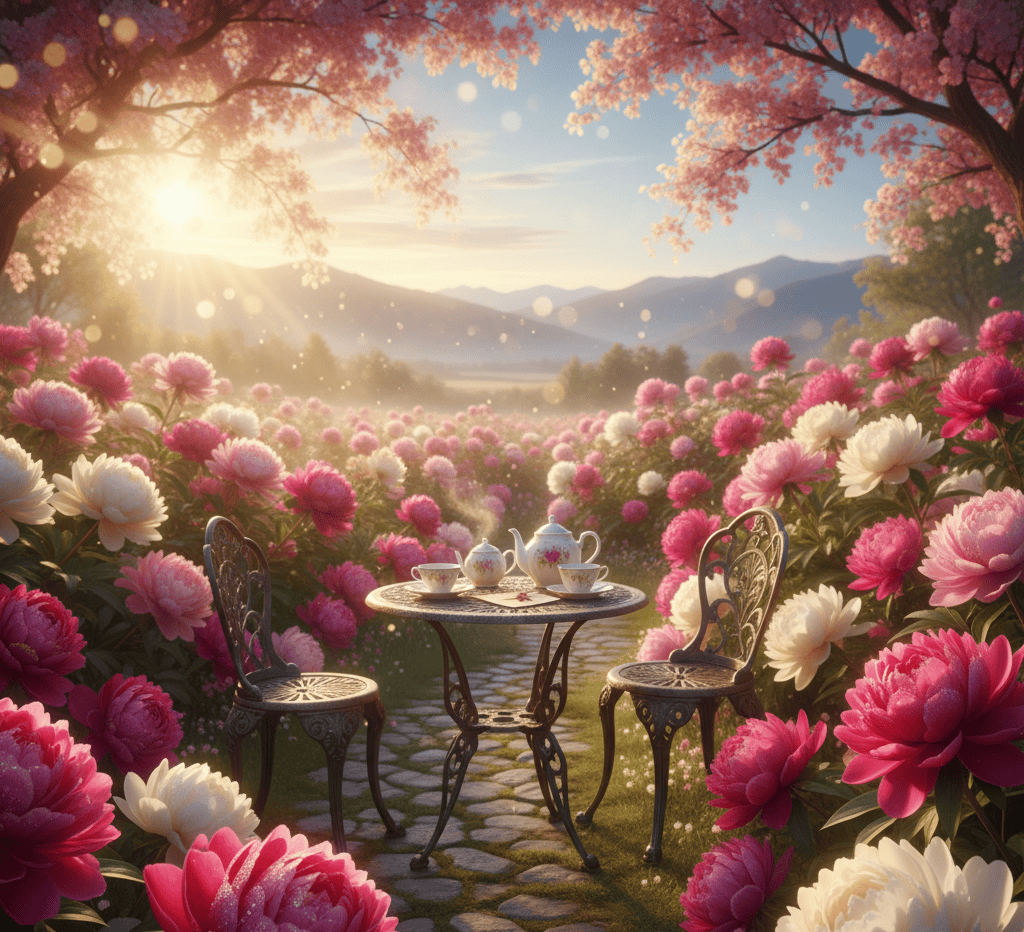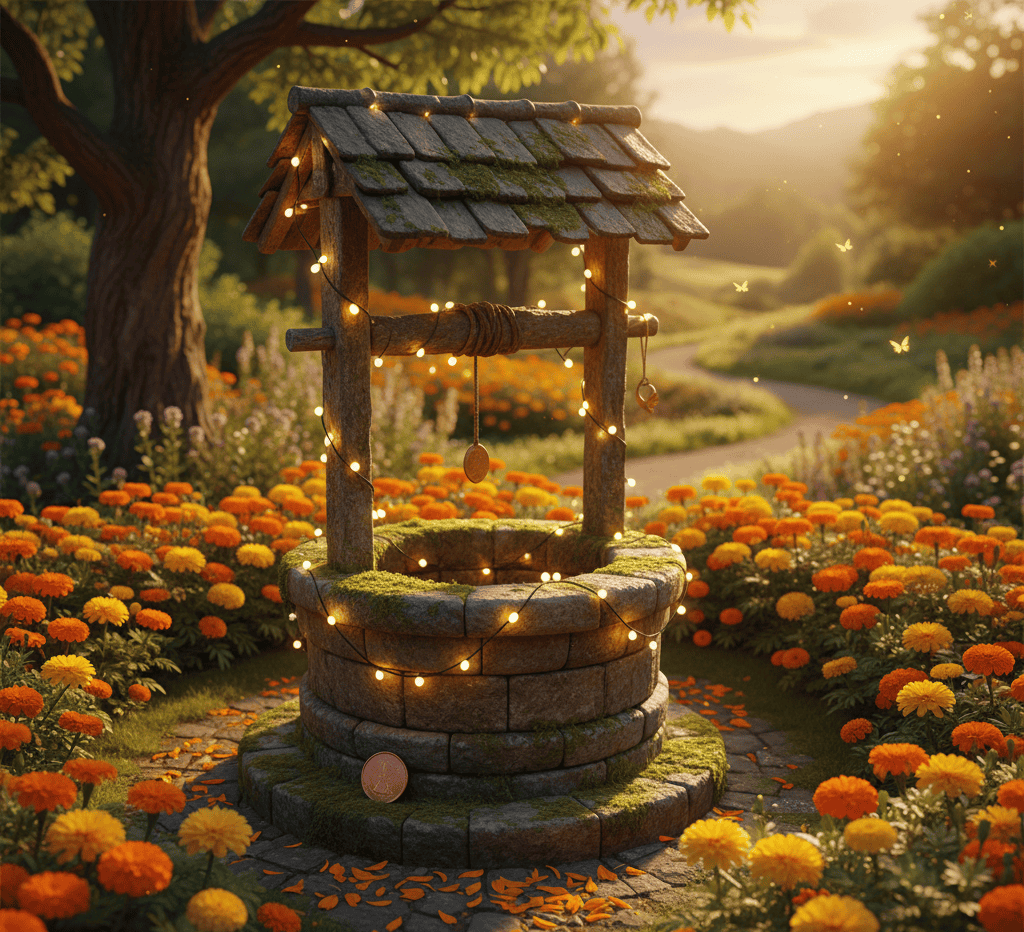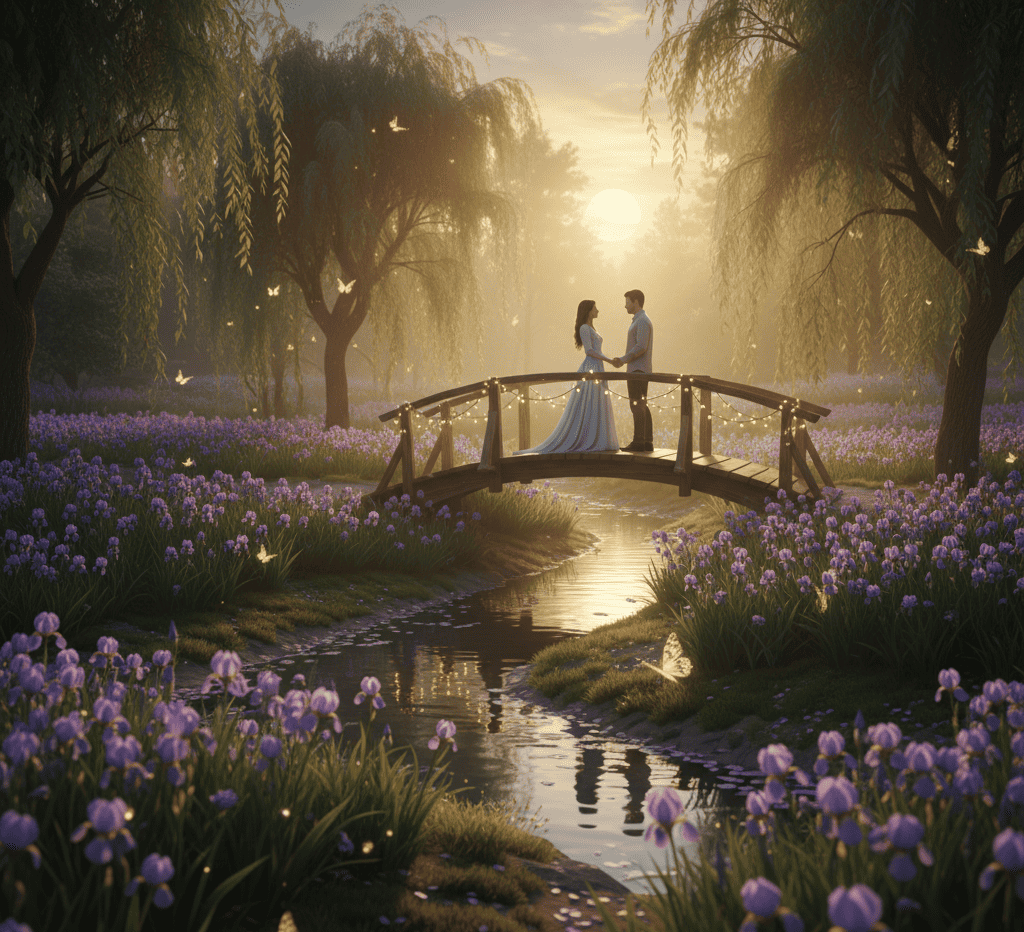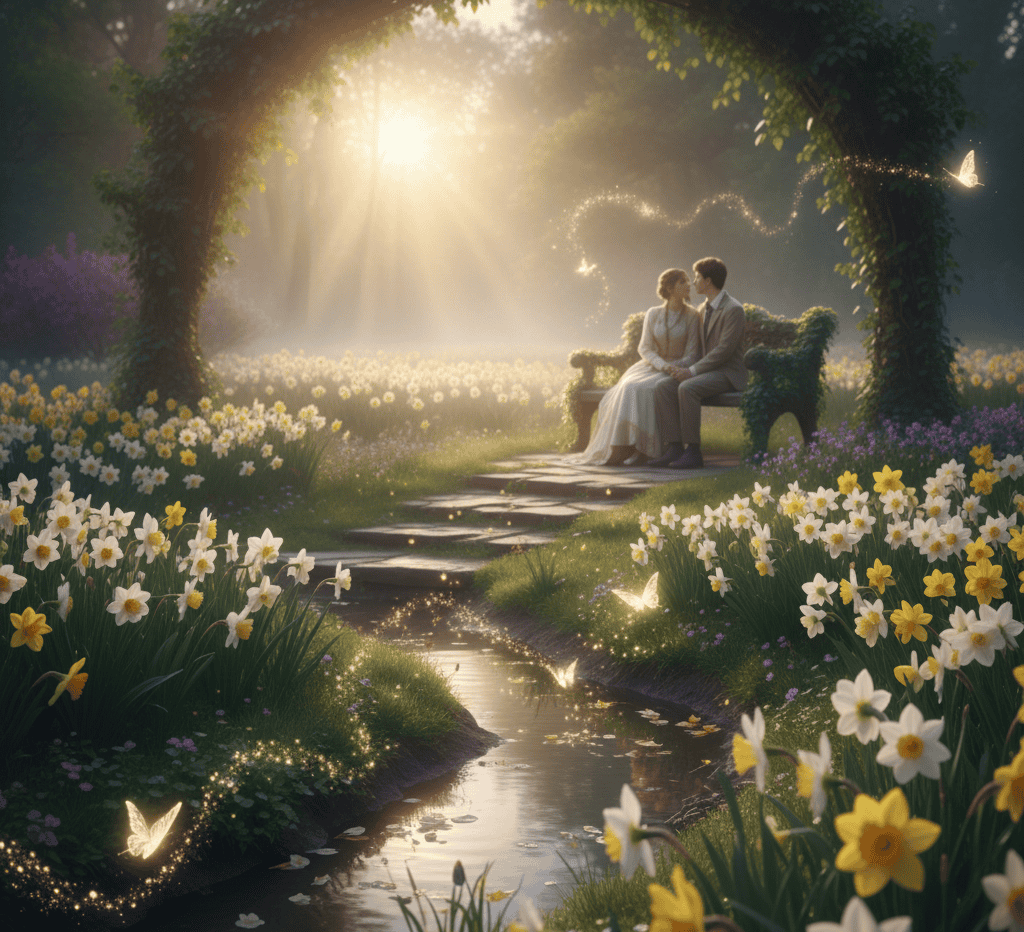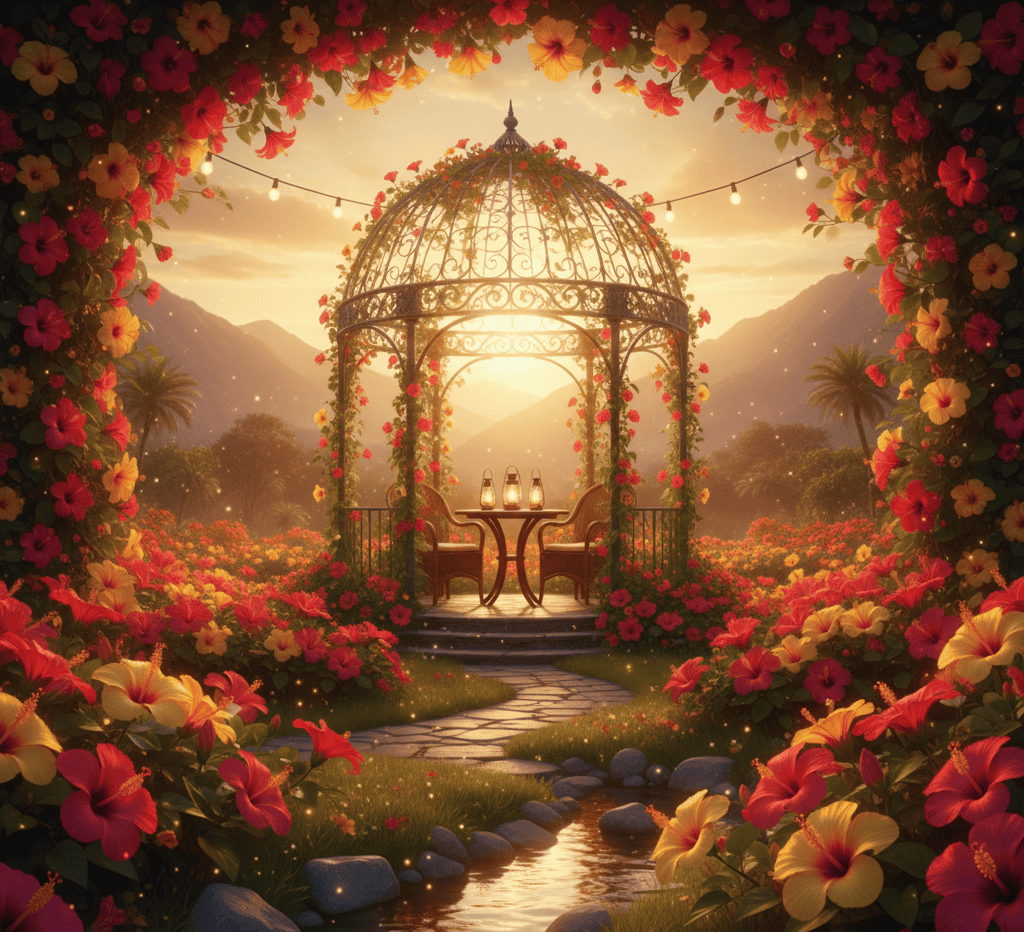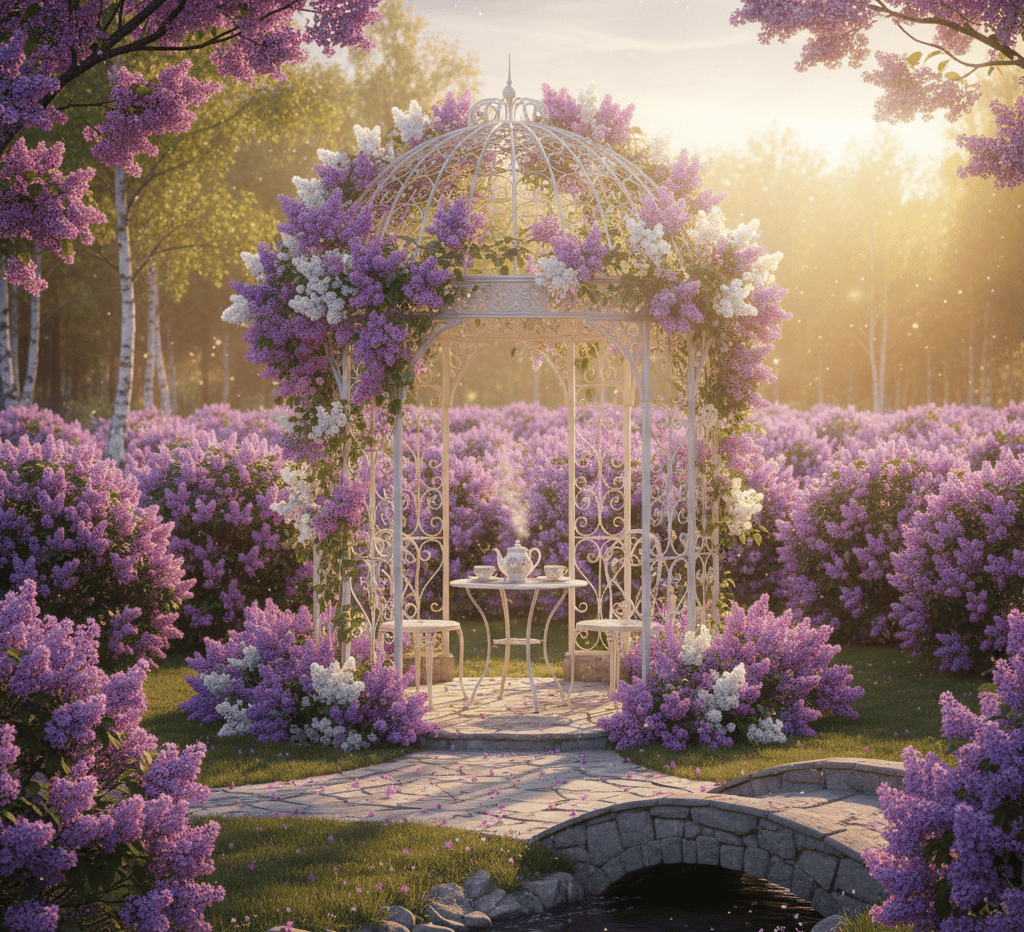Flowers have always been more than just pretty blossoms. Across myths and traditions, they carried stories about gods, lovers, and the powerful forces of attraction.
Some flowers were said to spark passion, while others symbolized loyalty or the sweetness of devotion.
Ancient people didn’t just admire their beauty—they used them in rituals, offerings, and charms to invite love into their lives.
Let’s explore ten mythic flowers that were believed to boost romance and attraction in ways that still inspire us today.
1. Rose: The Kiss of Aphrodite
The rose has been the queen of love symbols since ancient Greece, where it was tied to Aphrodite, the goddess of beauty and passion.
Myths tell us that roses sprang from her tears and the blood of her lover, Adonis, making them forever linked to romance and longing.
In Roman times, roses were scattered at banquets and weddings as tokens of desire. Lovers exchanged them as silent confessions of affection.
Even today, a single rose can say what words sometimes cannot – that love has taken root.
2. Lotus: Sacred Bloom of the Heart
The lotus has been revered across Asia as a flower of purity, spiritual awakening, and devotion. In Hindu myths, the lotus is tied to love deities like Lakshmi and Vishnu, representing divine union.
In Buddhist traditions, it symbolizes the blossoming of compassion, a love that transcends the personal and touches the eternal.
Couples would sometimes place lotus flowers in rivers as offerings for blessings in romance. Its ability to rise clean from muddy waters made it a symbol of love that can flourish even in difficulty.
3. Violet: A Whisper of Affection
The humble violet was sacred to the Greeks, often associated with fertility and courtship. According to legend, violets were gifts from Zeus to his beloved Io, making them forever a token of tender affection.
Romans also used violets in garlands for newlyweds, believing they ensured harmony and attraction. Their delicate purple petals carried the message of modest but enduring love.
A bouquet of violets didn’t shout passion – it gently promised loyalty, sweetness, and care.
4. Jasmine: Night Flower of Desire
In Indian and Middle Eastern traditions, jasmine has long been tied to sensuality and devotion. Mythology often links it with love goddesses and divine unions, its heady fragrance said to awaken passion.
Women wore jasmine garlands in their hair during weddings, and homes were filled with its scent to invite harmony between partners.
Its blossoms open at night, making jasmine a symbol of secret romance and the intimate moments shared when the world is quiet.
5. Peony: Blossom of Bashful Love
Peonies have been celebrated in Chinese myths as flowers of romance, honor, and beauty. Some stories say that fairies hid within their petals, blessing lovers who exchanged them.
In Japan, the peony symbolized prosperity in marriage and the blossoming of passionate attraction.
Because of their lush and layered blooms, peonies became symbols of both sensual love and shy affection. To give peonies was to say, “My feelings are rich, but I hold them close.”
6. Marigold: Flame of Devotion
Marigolds carry deep symbolism in both Aztec and Indian traditions. In Aztec mythology, the flower is tied to the sun and the warmth of love, often used in offerings to celebrate eternal bonds.
In Hindu legends, marigolds were associated with Vishnu and Lakshmi, symbols of devotion and divine union.
Their golden petals were believed to ignite attraction and brighten the path of romance. To this day, marigolds are woven into wedding garlands, embodying the fire of love and the promise of loyalty.
7. Iris: Messenger of Love
In Greek mythology, the iris was named after the goddess Iris, who connected heaven and earth as a divine messenger.
The flower became a symbol of communication and the heartfelt messages exchanged between lovers. In some traditions, gifting irises meant sending a promise of faith and hope in the relationship.
Their sword-like leaves also symbolized protection, showing that love was not only beautiful but guarded. With its vibrant colors, the iris spoke of attraction that was both bold and deeply rooted.
8. Narcissus: Reflection of Desire
The narcissus flower has one of the most famous love myths in Greek tradition. It tells the story of Narcissus, a beautiful youth who fell in love with his own reflection.
While the tale is often seen as a warning against vanity, the flower also came to symbolize attraction, desire, and longing.
Some saw it as a reminder that true romance begins with self-love, while others used it as a charm to awaken passion.
Its bright blooms carried both beauty and mystery, making it a complex symbol of the heart.
9. Hibiscus: Tropical Flower of Passion
In Hawaiian and Polynesian traditions, hibiscus flowers were linked to beauty, desire, and romantic attraction.
Women wore them behind the ear to signal openness to love, and couples exchanged them during courtship. Its wide, bold petals represented passion and the joy of living fully in the present moment.
In Chinese symbolism, hibiscus also stood for fleeting beauty, reminding lovers to cherish romance before it fades. To wear or share a hibiscus was to invite fiery love into life.
10. Lilac: First Breath of Love
The lilac has long been tied to youthful romance and the excitement of new beginnings. In Greek mythology, it is connected to the story of Syrinx, a nymph who transformed into reeds to escape pursuit.
From these reeds came the lilac’s delicate blossoms, forever associated with unspoken longing. In Victorian times, lilacs were given to signify the sweetness of first love.
Their gentle fragrance and pastel colors made them a natural emblem of attraction just starting to bloom.

I always felt a strong connection to the Divine since my birth. As an author and mentor, my mission is to help others find love, happiness, and inner strength in the darkest of times.

